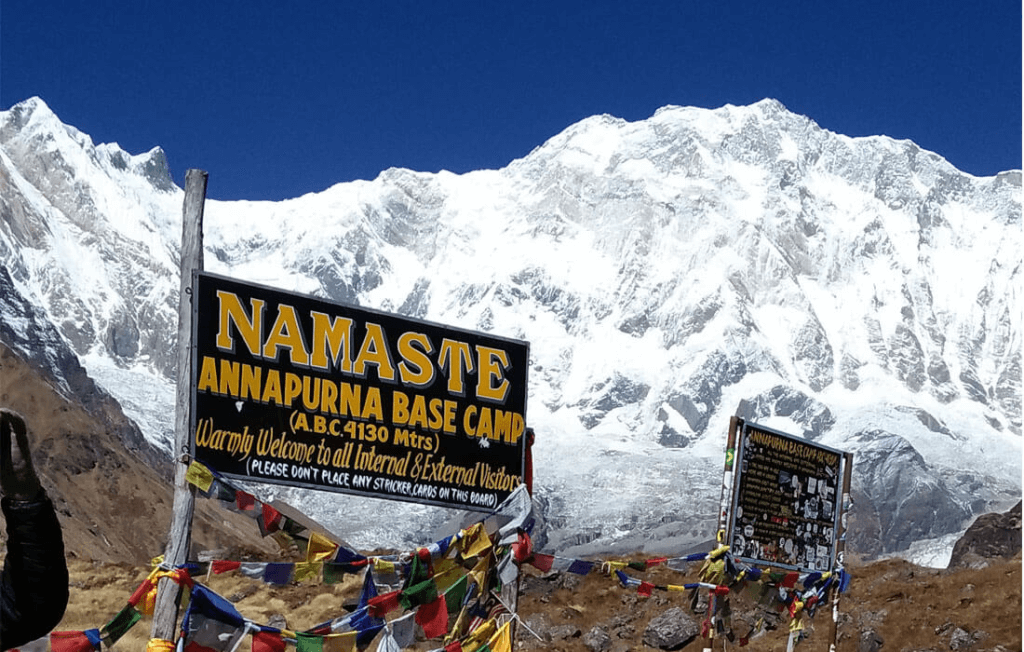The Annapurna Region in northeastern Nepal is home to some of the most stunning trekking routes in the world. From the beautiful city of Pokhara, popular treks lead to Jomsom, Annapurna Base Camp, Mustang, Manang, and around the Annapurna mountain. Short treks to Sikles and Ghandruk are also popular.
The Annapurna Region is a paradise for trekkers, offering beautiful views of the mountains and wonders of nature. Trekkers can hike through green foothills, stunning mountain scenery, and the world’s deepest Kaligandaki gorge. They can also visit the Muktinath temple, which is holy for both Buddhists and Hindus.
Here are some of the most popular trekking routes in the Annapurna Region:
Sikles: A Hidden Gem of the Annapurna Region

Situated a short distance from Pokhara, Sikles Village welcomes visitors with its stunning vistas and rich cultural heritage. This charming village, predominantly inhabited by the Gurung ethnic group, provides an ideal vantage point to admire majestic peaks like Annapurna South, Himchuli, and Machhapuchhre.
Discover the allure of Sikles as you immerse yourself in its serene atmosphere and embrace the warm hospitality of the locals.
Ghandruk: A Picturesque Gurung Village

Perched at an altitude of 2012 meters, Ghandruk captivates trekkers with its mesmerizing panoramas. This beautiful village, renowned for its Gurung settlement, offers awe-inspiring views of snow-capped peaks such as Annapurna South, Gangapurna, and Machhapuchhre.
Immerse yourself in the rich Gurung culture, explore the old Gurung Museum, and experience the warmth of the local traditions during your visit to Ghandruk.
Mustang: Where Ancient Traditions Meet Barren Landscapes

Located in the Dhaulagiri region, Mustang District boasts a unique blend of landscapes and cultural heritage. Whitewashed settlements, simple monasteries, and impressive chortens reflect the enduring Buddhist influence in the region.
Traverse the barren moonscape of eroded sandstone formations, marvel at the vibrant earthy hues, and visit the holy site of Muktinath, cherished by both Hindus and Buddhists. Mustang promises an unforgettable journey into a world of ancient traditions.
Jomsom: A Riverside Town Amidst Spectacular Peaks

Nestled on the banks of the Kali Gandaki River, Jomsom offers captivating views of the soaring Dhaulagiri and Nilgiri peaks. As you explore this town, you’ll be enchanted by its fascinating vistas and the tranquility that surrounds it.
The area serves as a gateway to Upper Mustang, where you can witness the undisturbed Tibetan culture and discover the arid valleys with their cave dwellings and colorful rock formations.
Manang: A Valley of Pristine Beauty and Unique Flora

Tucked away in the lap of the Himalayas, Manang unveils its treasures to those seeking remarkable natural beauty. The valley, cradled by the Marshyangdi River, boasts a rich biodiversity and is home to rare species such as the elusive snow leopard and the majestic blue sheep. Discover the serenity of Manang as you soak in panoramic views of the Pisang Peak, Chulu Range, and other awe-inspiring peaks. Don’t miss the chance to visit Tilicho Lake, the highest lake in the world, and delve into the spiritual ambiance of the region.
Annapurna Base Camp: a UNESCO World Heritage Site.

Annapurna Base Camp is the most popular trek in the Annapurna Region, and it offers stunning views of the Annapurna massif. Trekkers can also visit the Annapurna Sanctuary, which is a UNESCO World Heritage Site.
Conclusion
The Annapurna Region beckons adventurers and nature lovers with its awe-inspiring trekking routes and breathtaking landscapes.
Whether you embark on the lesser-known paths to Sikles and Ghandruk, venture into the mystical realms of Mustang and Upper Mustang, or make your way to the highest lake in the world, Tilicho Lake, the Annapurna Region promises a truly unforgettable experience.
Embrace the beauty of the Himalayas, immerse yourself in local cultures, and create memories that will last a lifetime in this incredible part of Nepal. Discover the wonders of the Annapurna Region and let its natural splendor leave you in awe.
Also, Check Navigating Public Transportation in Pokhara: A Guide to Local Buses